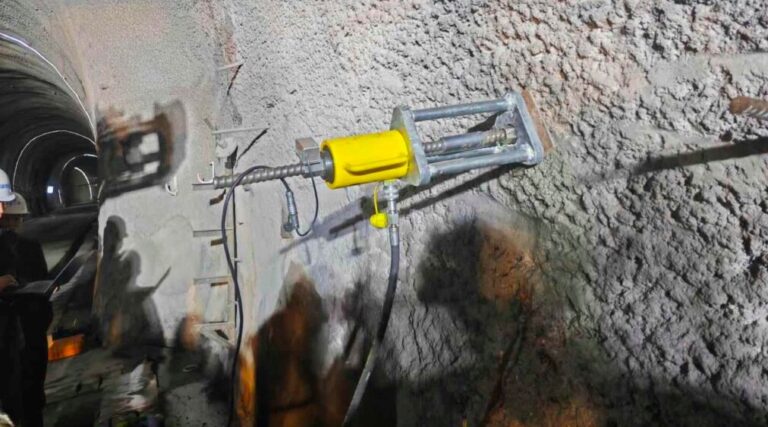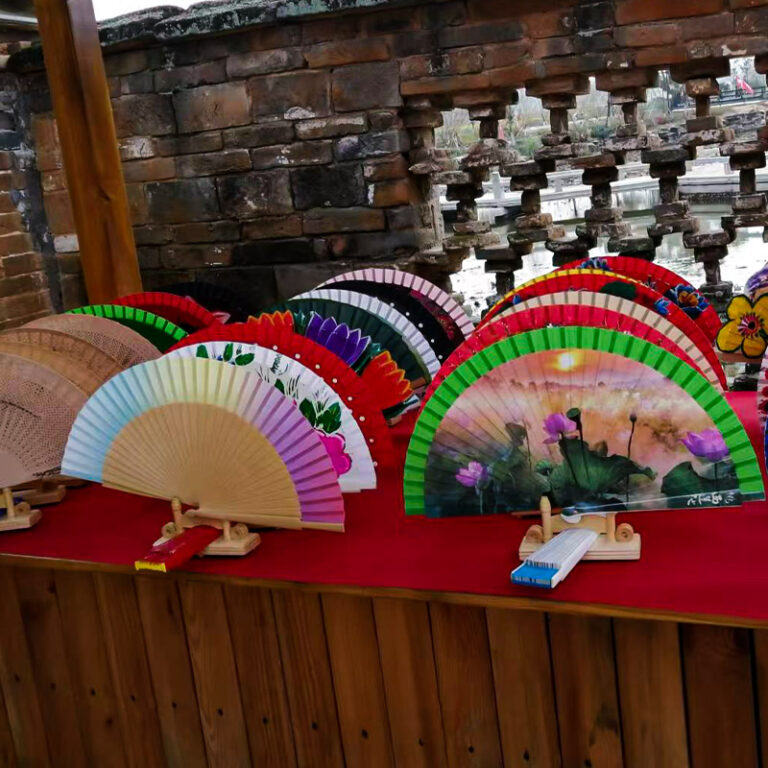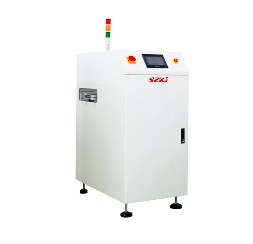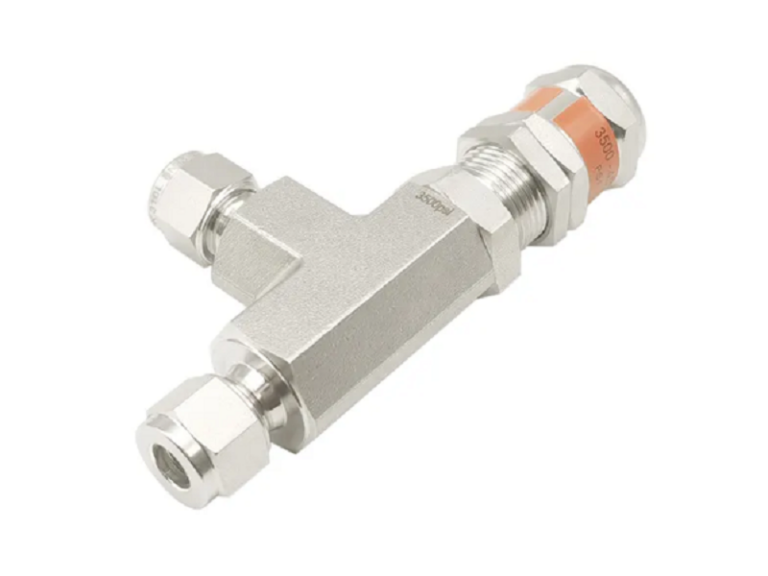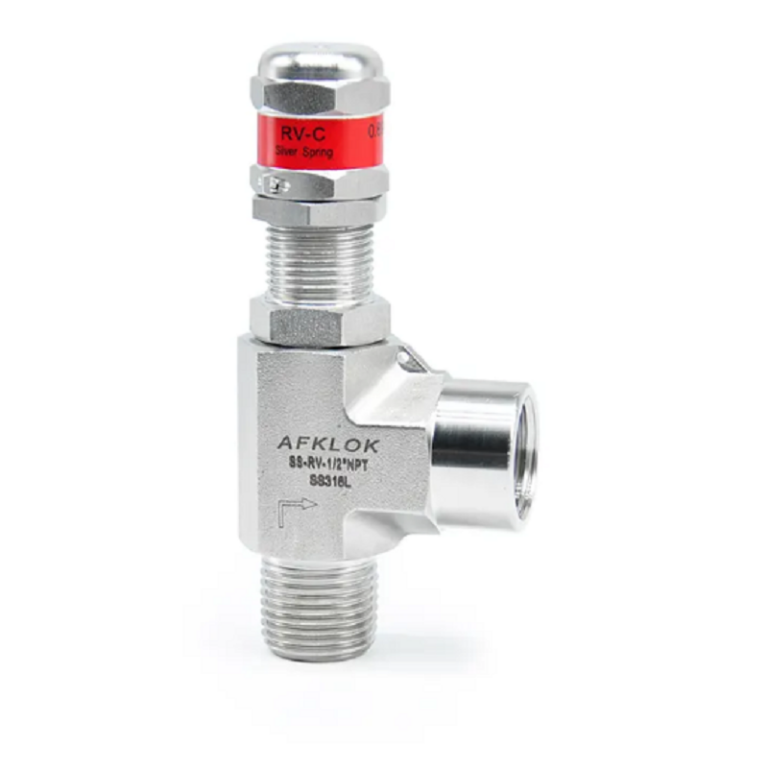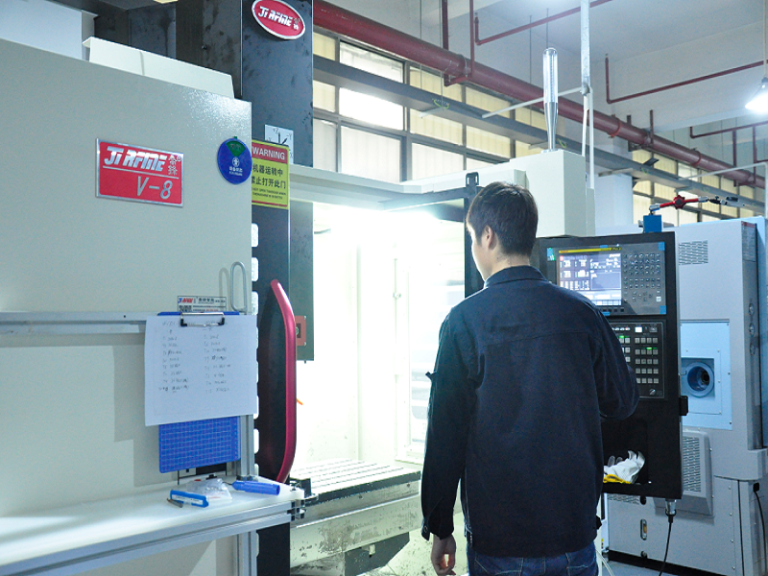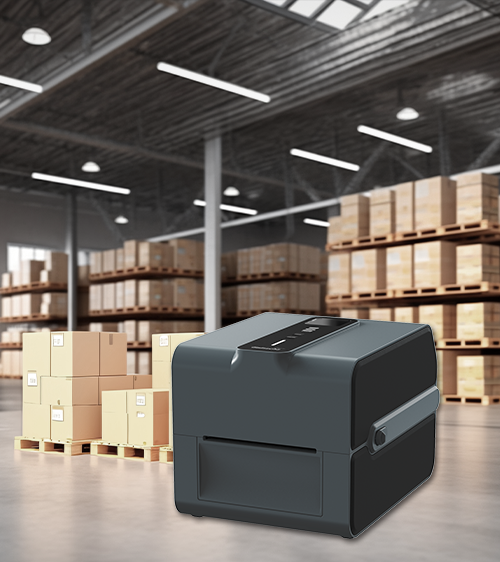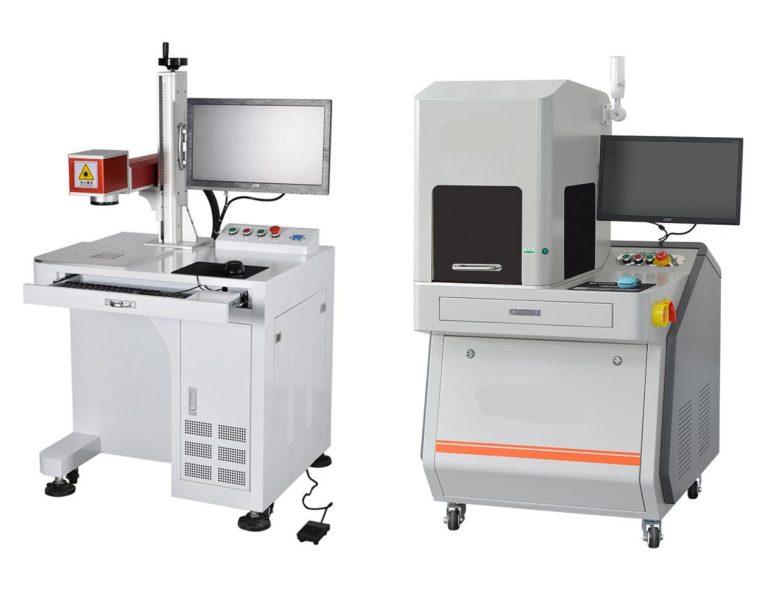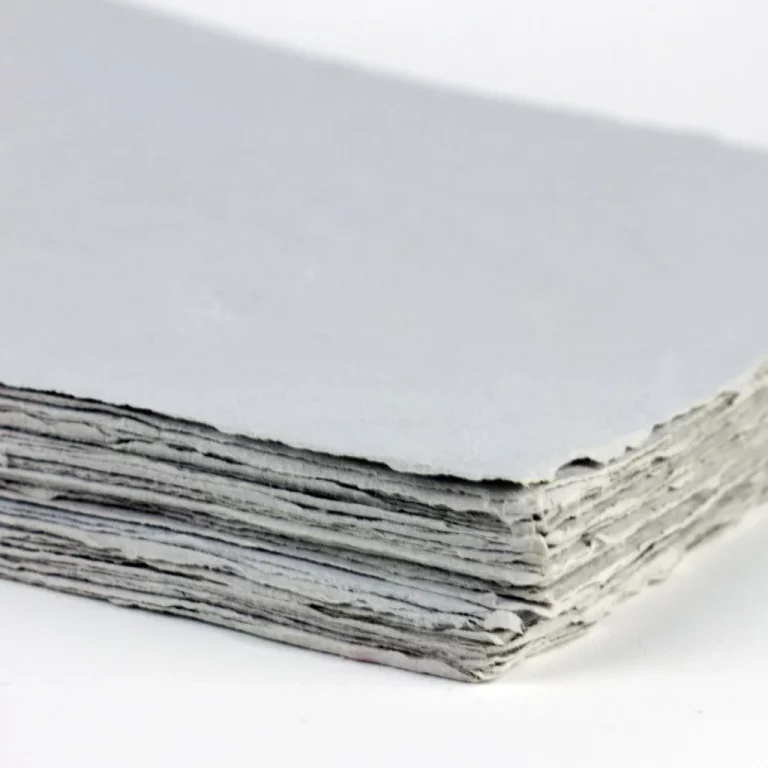I assume everyone is acquainted with the phrase “save paper, save trees.” The environmental risks of chopping wood and creating paper cannot be overlooked. Still, because paper is an inextricable part of life, its replacement is critical.
Stone paper is a hybrid material that combines the benefits of both paper and plastic. It may be used to replace a portion of traditional functional and professional paper and the majority of conventional plastic packaging. Limestone and coal gangue powder are the key basic elements in this environmentally friendly paper.

Advantages of eco-friendly stone paper
1. Stone paper is environmentally friendly.
The plentiful calcium carbonate resources are used to make stone paper. The production technology in the stone paper industry is energy-saving and environmentally friendly. The production process does not require water and does not produce waste gas, wastewater, waste residue, etc. The product is biodegradable and uses little energy.
2. Great performance, because environmental protection alone is incompatible with business, superior performance is also critical.
(1) Superior physical properties. Stone paper has strong tensile strength, tear resistance, burst resistance, and folding resistance, and is durable and dimensionally stable which is a strong aspect in the developing stone paper market.
(2) Outstanding chemical performance. It is antibacterial and insect resistant, has excellent water and oil resistance, and is difficult to color change.
(3) Good safety performance as produced in the stone paper industry. Stone paper has no negative impact on the items it comes into touch with. Its waste paper disposal is also highly safe and does not pollute the environment.
(4) Good printability. The paper surface is flat and smooth, there is no halo phenomenon, it saves more ink than the traditional low-sheet, and has a higher definition, which can eliminate the possibility of color cast and discoloration in printed items.
3. The cost of stone paper is lower. The cost of inorganic powder and environmentally friendly stone per ton is about 30-40% lower than that of plastic bags, and 20% lower than the cost of some high-grade wood pulp paper which is another added advantage for the stone paper market.
Of course, we cannot ignore the shortcomings of stone paper
(1) The papermaking process of stone paper has strict environmental requirements, and the stone paper industry is required to be clean and dust-free, otherwise, its performance will be affected.
(2) Stone paper’s intrinsic flaws, such as heat deformation and non-absorption, prevent it from being employed as carbonless laser printing, copy paper, bond paper, and other applications. The average life lifetime is 20 to 30 years, and it cannot be preserved for an extended period of time.
(3) Stone paper is heavier than traditional paper, which causes inconvenience to binding and transportation.
(4) It is now impossible to reduce the thickness of stone paper to a smaller level, and product specifications are confined to the traditional tiny size below A1.
The performance of sustainable development is the reason for selecting stone paper, and pursuing the objective of conservation and environmental friendliness via research and promotion is a better choice for environmental protection.
0
